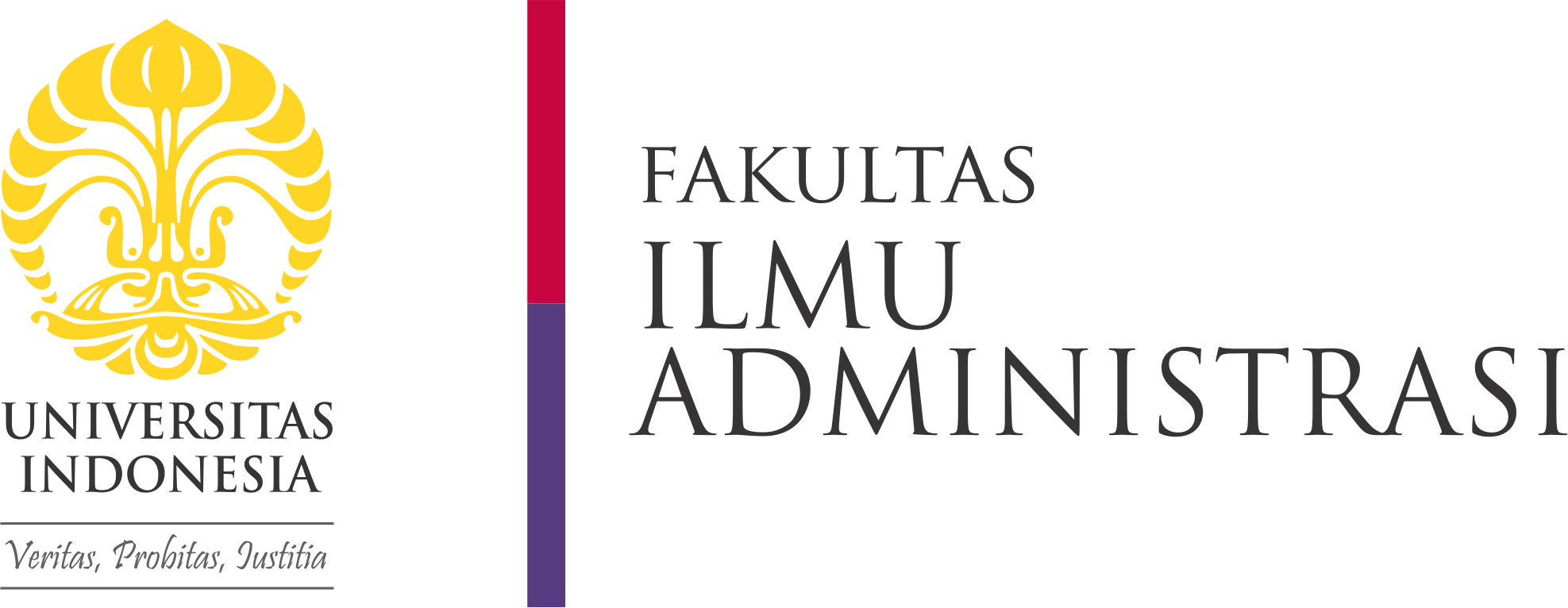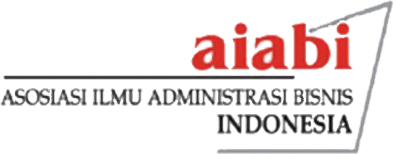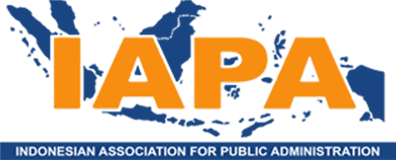Abstract
Since its introduction in more than two decades ago, tobacco control policy has been adopted worldwide notwithstanding their noble purpose and mission. Low and middle-income countries have seen more struggles and challenges in comparison to high-income countries. Using Indonesia and Thailand as cases in point, this study is aimed at to analyzing the structure of state levies in both countries and propose alternative state levies on tobacco for Indonesia based on lesson-learned from Thailand. Thailand is acknowledged as one of the countries that has successfully implemented state levies as an instrument to control tobacco consumption over the past several decades. This study employs a qualitative approach. Data on policy in Thailand are collected by means of literature study while that on Indonesia are collected through field observation and in-depth interviews. The findings show that Thailand imposes more variety state levies on tobacco that leads to higher tax burden to smokers and deemed capable of distorting their choices in smoking. A different case exists in Indonesia where state levies policy reflecting a nonoptimal rate, so that is a merely significant source for state revenue, without any real impact on smoking prevalence in Indonesia. Both countries impose three identical levies, namely excise tax, VAT, and cigarette tax. Reflecting on the policy implementation in Thailand, Indonesia might be beneficial to adopt VAT on cigarettes with a multi-stage levy mechanism, a significant increase in tobacco excise tax rate, and other types of levies at the local government level by optimizing the application of the earmarking tax concept in terms of spending.
Recommended Citation
Vanessa, Yolanda and Murwendah, Murwendah
(2020)
"The Structure of State Levies on Tobacco: A Comparative Study of Indonesia and Thailand,"
BISNIS & BIROKRASI: Jurnal Ilmu Administrasi dan Organisasi: Vol. 26:
No.
3, Article 5.
DOI: 10.20476/jbb.v26i3.10876
Available at:
https://scholarhub.ui.ac.id/jbb/vol26/iss3/5






